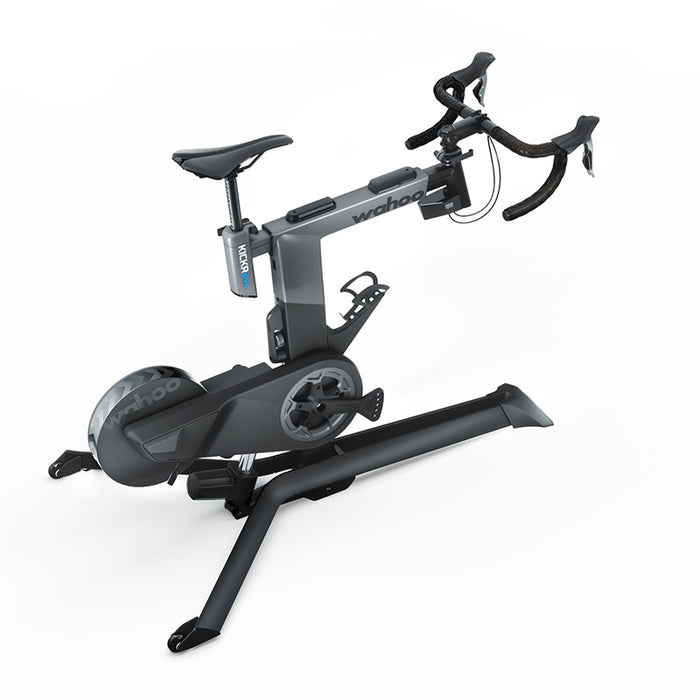
wahoo KICKR BIKE WIFI
incl. FREE shipping & free returns

Recuperation, a term that is often heard in the world of e-bikes, especially with mid-engine pedelecs, describes the process by which the kinetic energy of a moving object is recovered during braking and converted into usable electrical energy.
This technology, known as "recuperation", makes it possible to effectively extend the range of an e-bike's battery. Essentially, it's about usefully recovering energy that would normally be lost in the form of heat when braking.
On an e-bike, recuperation allows the battery to be charged while riding when the rider brakes or goes downhill. The concept is not only environmentally beneficial as it increases the efficiency of the vehicle, but it also increases the practical benefit for the rider by reducing the need to frequently recharge the battery.

Fahrradpedale zu wechseln ist eine einfache, aber essenzielle Wartungsaufgabe, die jeder Radfahrer selbst erledigen kann. Ob für ein Upgrade, den Austausch abgenutzter Pedale oder den Wechsel zwischen Klick- und Plattformpedalen – mit der richtigen Anleitung gelingt der Wechsel problemlos.

Für Radfahrer, die ihre Fahrräder bequem transportieren möchten, bieten Fahrradträger eine praktische Lösung. Doch die Auswahl ist groß, und nicht jeder Träger ist gleich. Besonders bei der Wahl zwischen einem Träger für die Anhängerkupplung und einem Modell für die Heckklappe stellen sich viele Fragen. In diesem Artikel werfen wir einen Blick auf die beiden gängigen Typen und vergleichen ihre Vor- und Nachteile.

Die Kettenschaltung ist ein essenzieller Bestandteil des Fahrrads, der für eine reibungslose Kraftübertragung und effizientes Fahren sorgt. Wenn die Gänge nicht sauber schalten, schleift die Kette oder springt von den Ritzeln, kann das Fahrerlebnis erheblich beeinträchtigt werden. Mit ein paar einfachen Handgriffen lässt sich die Kettenschaltung am Fahrrad selbst einstellen.